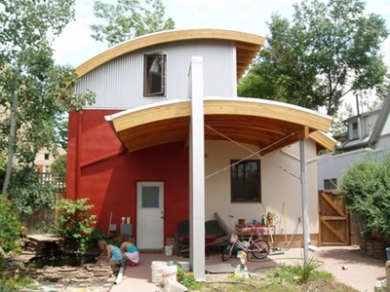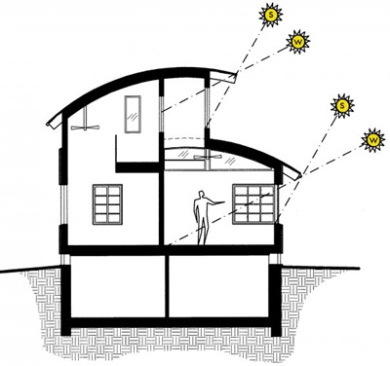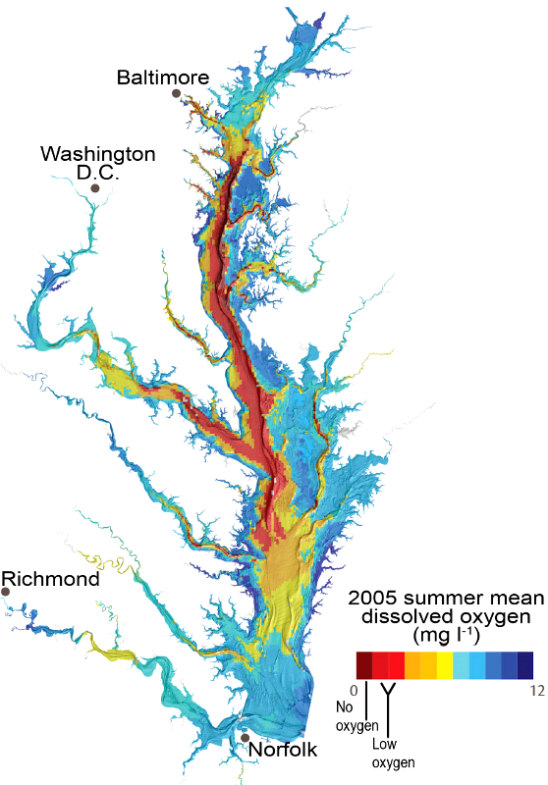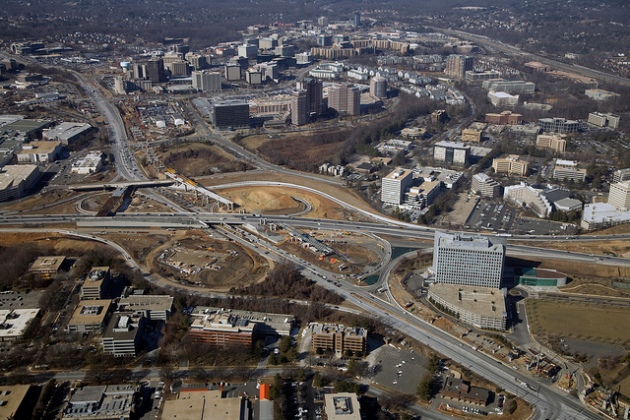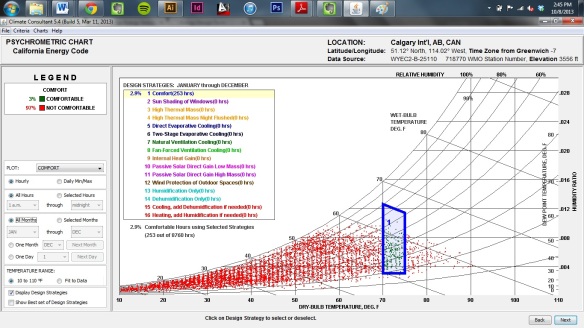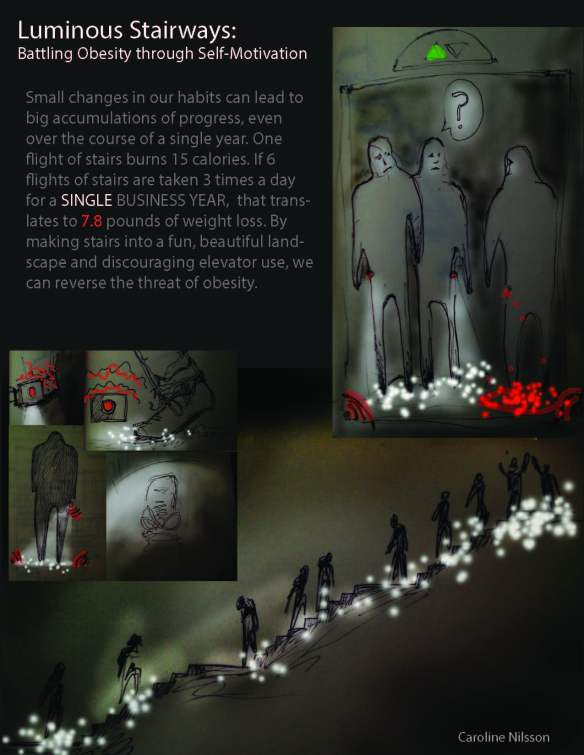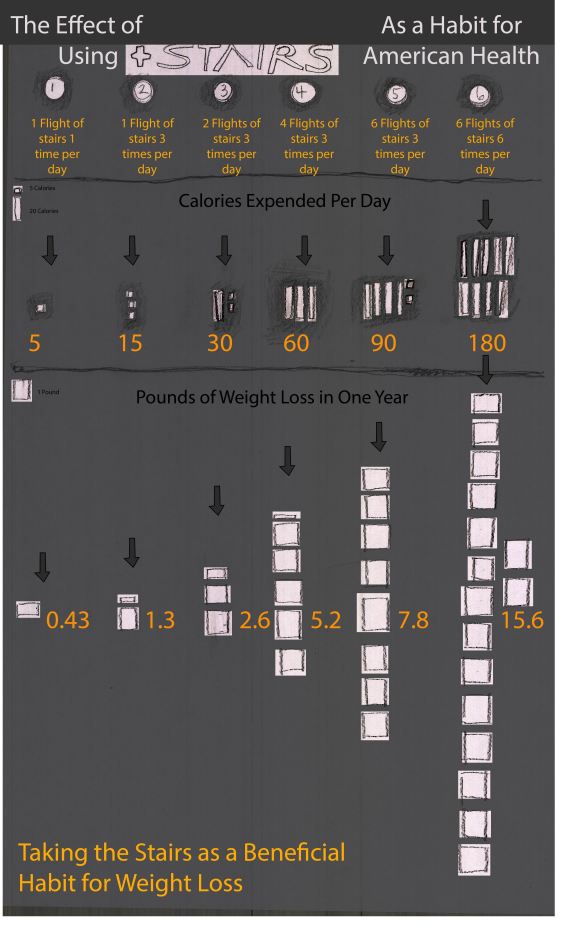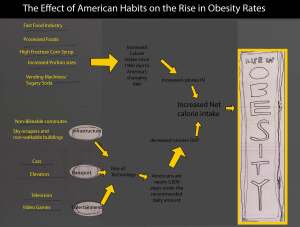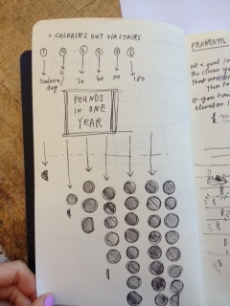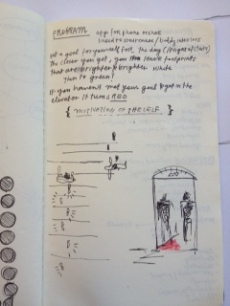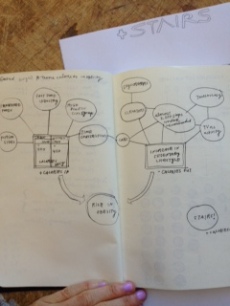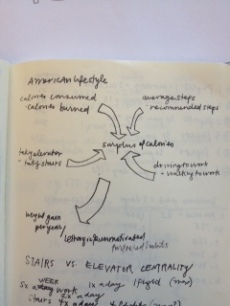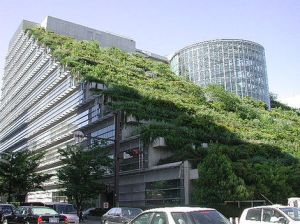The largest organ in the human body is our skin, the shell within which all of our systems can thrive. Our skin in and of itself is a system, with tiny neurons sending electrical impulses to our brain. Our skin not only holds our body together, but helps to regulate the temperature of our insides. Like a house’s brick exterior, our skin keeps us safe and warm. According to Lechner, our bodies are a biological machine, “all warm-blooded animals, and humans in particular, require a very constant temperature” (Lechner 56). Because our skin is such a thin material, it has a hard time maintaining the constant temperature that we require to thrive within our environments. That is why architecture becomes so important to widespread general wellbeing.
The thermal environments that we find ourselves in are not quantifiable in a data-collecting sense. Sure, the outside temperature can be gridded out in numbers, but a piece of metal that is 70 degrees feels much different than a pile of mulch that is the same temperature. That is because our human bodies register not the measurable ‘heat’ of something, but rather the flow of heat in relation to us. This heat flow is governed by a series of factors, including a material’s conductivity. We sense temperature based on how quickly our bodies are losing or gaining heat.
In terms of the built world, our perception of the thermal environment plays a large part in how comfortable a space is. Temperature is only one factor in a milieu of complex interactions: an interior space’s level of comfort is affected also by dew point, relative humidity, and sources of direct radiation. Comfort is not something that can be technologically determined based solely on temperature, similar to Moe’s discussion on technology in the architectural world. Moe states that “machine mentality and predetermined solutions negate the role of human choice in architectural design”(Moe 38). The entire complexity of thermal interactions must be taken into account, because the human element of an architectural space is that which is the most important.
The early goals of any building, as Addingdon discusses, were to relieve the stress of extreme environments, to dull them. “The building as shelter was never saddled with the need to provide for comfort, as it served only to ameliorate those extreme conditions that were beyond the human body’s ability for adaptation” (Addingdon 13). Today, however, the building’s purpose is to try and re-create Lechner’s model of the ‘Garden of Eden’, the perfect level of interior comfort for optimum human pleasure.
Modern building technology and architecture around the globe shows the repercussions of this goal. Regulating a building’s interior temperature is one of the top energy consumers worldwide, America alone guzzling nearly 40 quadrillion Btu of energy (http://www.eia.gov/tools/faqs/faq.cfm?id=86&t=1).
There has been a recent movement towards more sustainable architectural design, especially in relation to a building’s internal temperature regulation. Passive solar heating design is an especially interesting approach, where a every element of the building is made to collect, store and distribute energy from the sun (absorbing heat in the winter and reflecting solar heat in the summer). It is called ‘passive’ because it doesn’t involve the use of mechanical or electrical devices. Passive solar design takes advantage of the building’s climate, with orientation in relation to natural shade, seasonal fluctuations and yearly sun patterns.
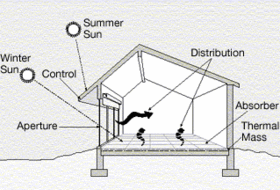 (http://www.wbdg.org/resources/psheating.php)
(http://www.wbdg.org/resources/psheating.php)
An American case study of passive solar heating can be found in the Finch House, located in Denver, Colorado and completed in 2005. It uses a Direct Gain Passive Solar System to save over 90% of heating and cooling energy by designing for its surrounding environment.
There are south-facing glass panes, high enough that sun still comes in during the winter months but has overhangs that block the summer sun. There is little glass on the east and west sides, to avoid summer heat gain.
Clearstory windows use natural convection to make use of cool night air, and the entire house’s masonry walls are insulated. A huge amount of energy is saved yet the interior of the house remains comfortable, simply by designing the building to take advantage of its surrounding environment.

